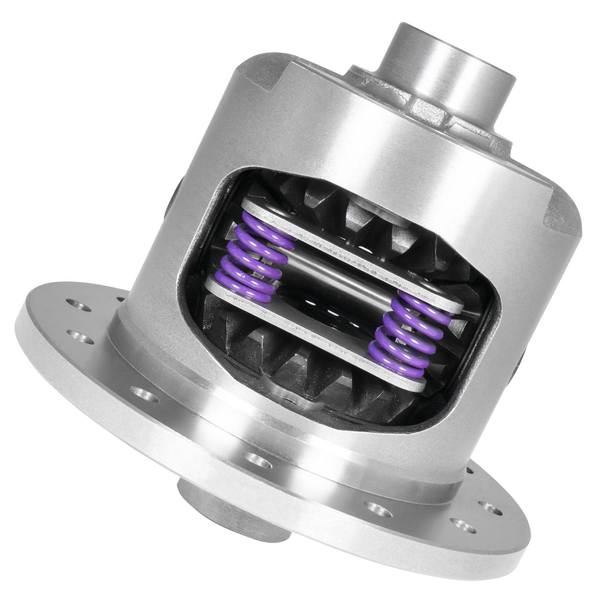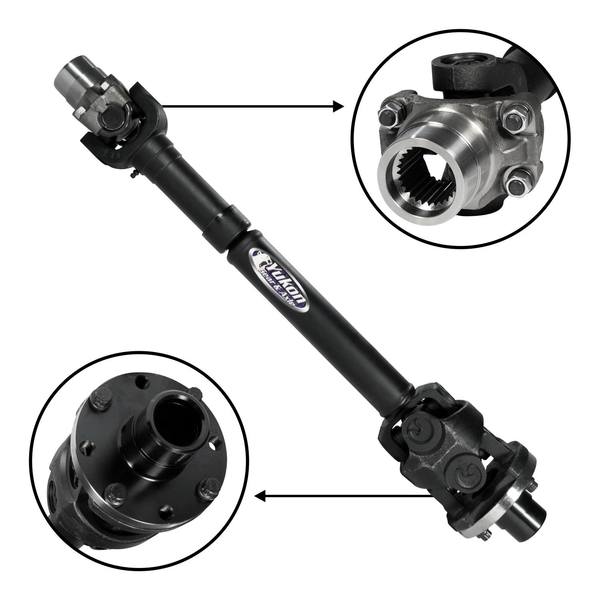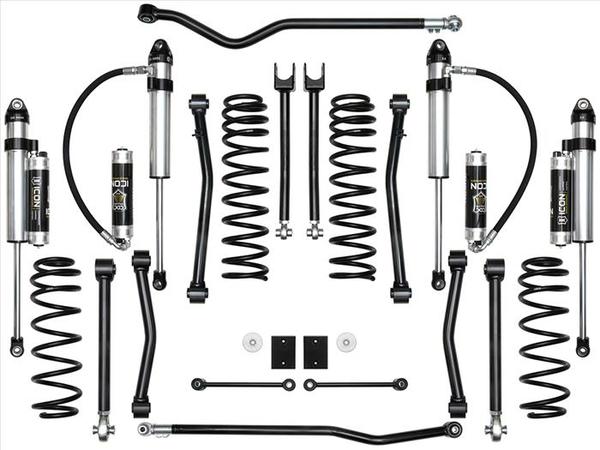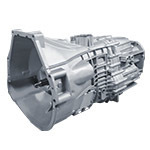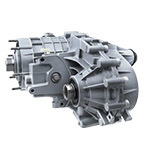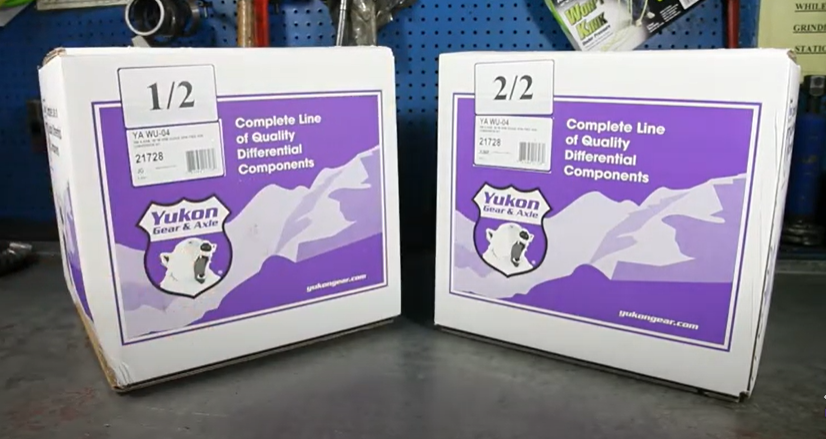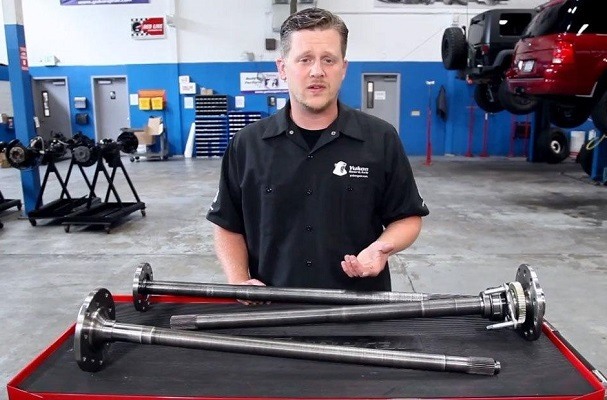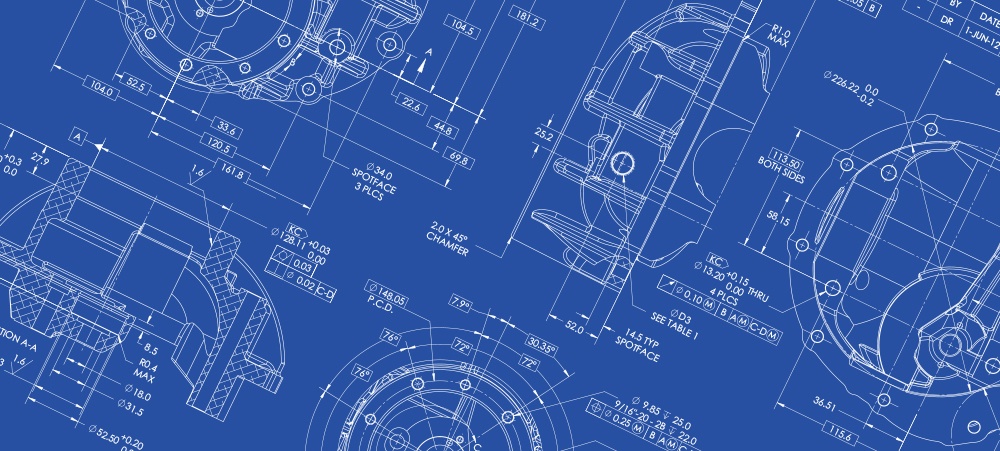Over the years I have heard a lot of myths regarding the setup and design of differentials.
Anyone with a little experience can fix a diff.
I have heard time and time again that the following situations make a person a qualified differential expert:
1. They are an old-timer, a grizzled guy with stained overalls.
2. They are a machinist.
3. They are in a four-wheel drive club.
4. They have built a few rear ends for their buddies.
I believe there are only a few people who really know how to setup a rearend correctly, and they have learned from years of experience and collecting facts.
The gear ratio in the front of a four wheel drive has to be different from the rear so the front wheels will pull more.
There have been many different ratio combinations used in four-wheel drive vehicles, but not so that the front will pull more. Gear manufactures use different ratios for many different reasons. Some of those reasons are: strength, gear life, noise (or lack of it), geometric constraints, or simply because of the tooling they have available. I have seen Ford use a 3.50 ratio in the rear with a 3.54 in the front, or a 4.11 in the rear with a 4.09 in the front. As long as the front and rear ratios are within 1%, the vehicle works just fine on the road, and can even be as different as 2% for off-road use with no side effects.
1 point difference in ratio is equal to 1%.
To find the percentage difference in ratios it is necessary to divide, not subtract. In order to find the difference, divide one ratio by the other and look at the numbers to the right of the decimal point to see how far they vary from 1.00. For example: 3.54 ÷ 3.50 = 1.01, or 1%, not 4% different. And likewise 4.11 ÷ 4.09 = 1.005, or only a 1/2% difference. These differences are about the same as a 1/3″ variation in front to rear tire height, which probably happens more often than we realize.
A difference in the ratio will damage the transfer case.
Any extreme difference in front and rear ratios or front and rear tire height will put undue force on the drive train. However, any difference will put strain on all parts of the drivetrain. The forces generated from the difference have to travel through the axle assemblies and the driveshafts to get to the transfer case. These excessive forces can just as easily break a front u-joint or rear spider gear as well as parts in the transfer case.
Positraction is better than limited slip.
I have heard many people call a standard open differential a “limited slip” and I have been asked for a limited slip instead of a positraction because they wanted something that was not too aggressive. From my experience positraction and limited slip are just two different names for the same thing. If anyone can find a SAE standard or printed definition please let me know and I will gladly correct myself.
Popular Resources:
 AMC
AMC
 Chrysler
Chrysler
 Dana
Dana
 Ford
Ford
 GM
GM
 Isuzu
Isuzu
 Nissan
Nissan
 Suzuki
Suzuki
 Toyota
Toyota
